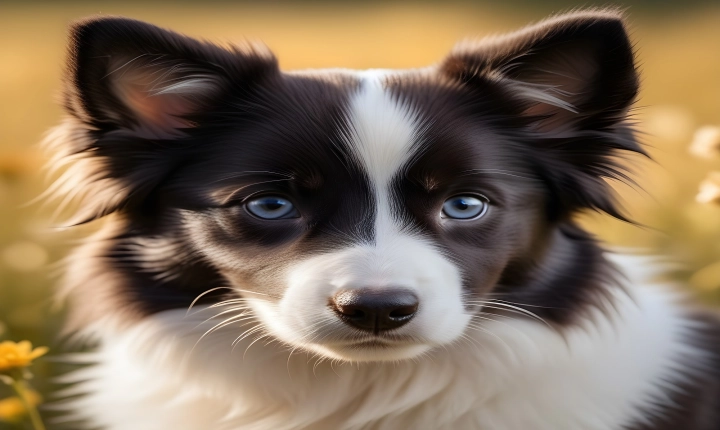Title: How to Create AI Art: A Step-by-Step Guide
Artificial intelligence (AI) has revolutionized the way we create and appreciate art. With the help of AI, artists can explore new creative possibilities, generate unique artworks, and push the boundaries of traditional art forms. Creating AI art can be an exciting and rewarding process, merging technology with artistic expression. In this article, we will explore the step-by-step process of creating AI art, from generating ideas to putting the finishing touches on your masterpiece.
Step 1: Define Your Concept
Before diving into the technical aspects of creating AI art, it’s crucial to start with a clear concept. Whether you want to create a surreal landscape, an abstract composition, or a reinterpretation of a classic masterpiece, define your artistic vision and the emotions you want to convey through your AI art. This will serve as your creative compass throughout the process.
Step 2: Choose the Right Tools and Software
AI art creation often involves using specialized software and tools designed for generating and manipulating artworks. Some popular AI art tools include DeepDream, Artbreeder, and Runway ML. These platforms leverage machine learning algorithms to transform images, generate new visual concepts, and merge different artistic styles. Choose the software that aligns with your artistic goals and the level of technical expertise you possess.
Step 3: Collect Training Data
Once you have chosen the AI art tool, you will need to collect training data to feed into the AI algorithm. This could involve curating a collection of images, drawings, paintings, or any visual references that inspire and inform your artwork. The training data will provide the AI with a foundation for understanding different artistic styles, textures, and elements that will influence the final output.
Step 4: Experiment and Iterate
With the training data in place, it’s time to experiment with the AI tool and iterate on different variations of your artwork. You can adjust parameters, blend different visual elements, and explore the tool’s capabilities to generate unique and compelling compositions. Embrace the experimentation process and be open to unexpected results, as AI art often thrives on randomness and unpredictability.
Step 5: Refine and Enhance
As your AI artwork starts to take shape, it’s important to refine and enhance it to align with your initial concept. This could involve adjusting colors, adding details, refining textures, and fine-tuning the overall composition. Pay attention to how the AI-generated elements interact with your original vision, and make strategic interventions to guide the artwork towards your intended artistic expression.
Step 6: Embrace Collaboration
Creating AI art can also be a collaborative process, involving the AI tool as a creative partner rather than a sole creator. Experiment with combining AI-generated elements with your own artistic input, blurring the lines between human and machine creativity. This collaborative approach can result in hybrid artworks that challenge traditional notions of authorship and artistic creation.
Step 7: Share and Reflect
Once your AI art is complete, share it with others and reflect on the creative journey. Seek feedback from peers, artists, and AI enthusiasts to gain insights and perspectives on your artwork. Embrace the conversations and discussions that arise from your AI art, as they can deepen your understanding of the intersection between technology and art.
In conclusion, creating AI art opens up a world of artistic possibilities, challenging us to rethink the creative process and the role of technology in art. By following the step-by-step guide outlined in this article, you can embark on your own AI art journey, exploring new frontiers of expression and unlocking the potential of artificial intelligence as a tool for creative exploration. As AI continues to evolve, so too will the ways in which we create and experience art, merging the ingenuity of human imagination with the limitless potentials of machine intelligence.
